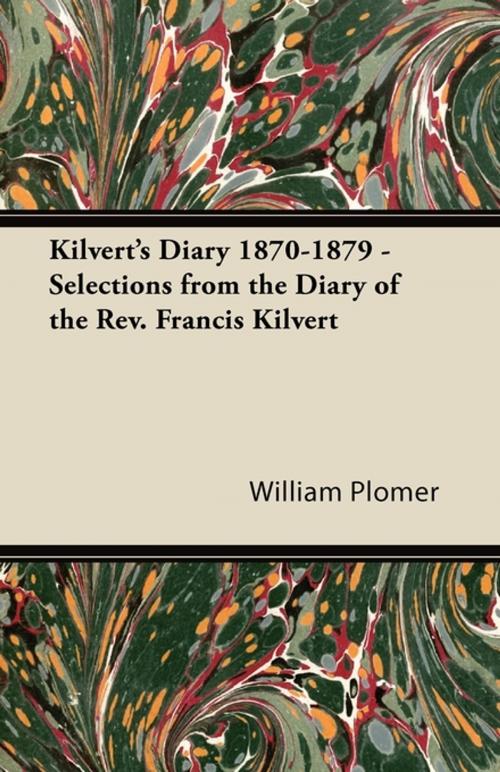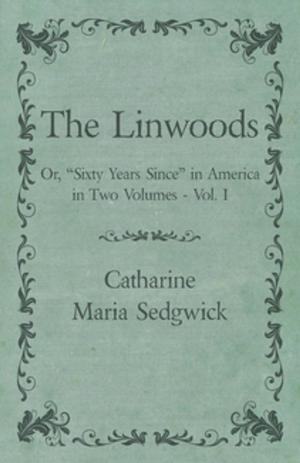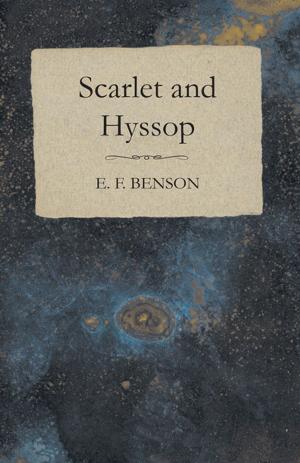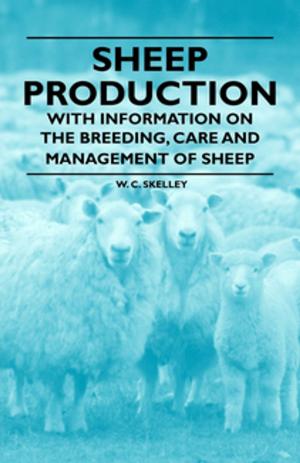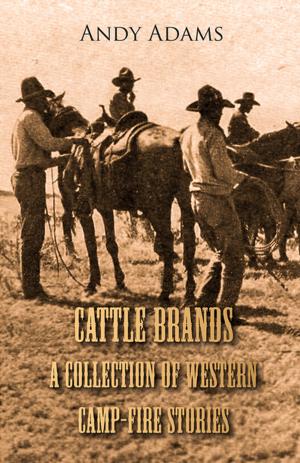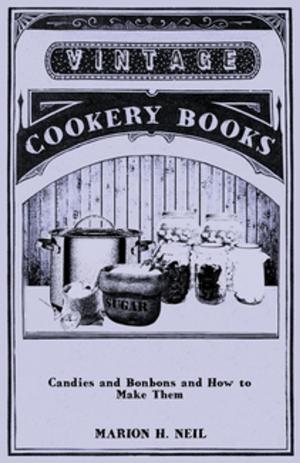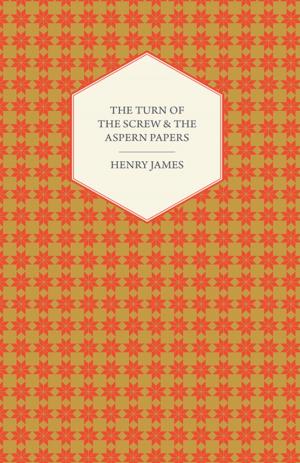Kilvert's Diary 1870-1879 - Selections from the Diary of the REV. Francis Kilvert
Biography & Memoir, Religious, Fiction & Literature, Literary Theory & Criticism| Author: | William Plomer | ISBN: | 9781447499398 |
| Publisher: | Read Books Ltd. | Publication: | April 16, 2013 |
| Imprint: | Obscure Press | Language: | English |
| Author: | William Plomer |
| ISBN: | 9781447499398 |
| Publisher: | Read Books Ltd. |
| Publication: | April 16, 2013 |
| Imprint: | Obscure Press |
| Language: | English |
Robert Francis Kilvert was born at Hardenhuish, or Harnish, near Chippenham in Wiltshire, on the 3rd December, 1840. He was the second child of the rector of the parish, the Rev. Robert Kilvert, and of Thermuthis, daughter of Walter Coleman of Langley Ktzurse and Thermuthis Ashe of Langley Burrell. The Kilvert’s, originally a Shropshire family, had migrated to Bath in the eighteenth century the Colemans and Ashes had been long settled in Wiltshire. Francis Kilvert spent his early years at Hardenhuish, was educated privately, went in due course to Wadham College, Oxford, and entered the Church. Here is a brief outline of his brief career. His first curacy was at Langley Burrell 1863-64, of which place his father had become rector. In 1865 he went to Clyro in Radnorshire, and was curate there for seven years. From 1872 to 1876 he was back at Langley Burrell, again as curate to his father. In the latter year he was presented to the living of St. Harmons in Radnorshire, and in November, 1877, became vicar of Bredwardine, on the Wye in Herefordshire. On the 20th August, 1879, he married Elizabeth Anne (1846-1911), daughter of John Rowland, of Holly Bank, Wootton, near Woodstock: he had met her during a visit to Paris. They spent their honeymoon in Scotland, and on the 23rd September he died suddenly of peritonitis. He was buried at Bredwardine. There were no children of the marriage, and Mrs. Kilvert, who returned to Wootton and devoted herself to good works, did not marry again. The Diary, which paints a unique picture of country life in mid Victorian times, has come to be recognized as a minor classic: its author has been compared to Dorothy Wordsworth, whom he admired, and even to Pepys. It was kept no doubt continuously, from January, 1870, until March, 1879, but two portions are missing the first covering the period between September, 1875, and March, 1876, and the second that between June, 1876, and December, 1877. It is closely written in 22 notebooks, from which a selection, made by the present editor, was published by Jonathan Cape in three volumes in 1938, 1939 and 1940. Had the whole Diary been printed, it would have filled nine printed volumes. Since the present selection amounts to such a small part of the whole it cannot be said to give more than a partial view of Kilverts life, character, and environment: it does not, for example, do justice to his assiduity as a parish priest, but it does include many of the best entries in the Diary and it gives much detail about Clyro and Langley Burrell, the two places now chiefly associated with his name.
Robert Francis Kilvert was born at Hardenhuish, or Harnish, near Chippenham in Wiltshire, on the 3rd December, 1840. He was the second child of the rector of the parish, the Rev. Robert Kilvert, and of Thermuthis, daughter of Walter Coleman of Langley Ktzurse and Thermuthis Ashe of Langley Burrell. The Kilvert’s, originally a Shropshire family, had migrated to Bath in the eighteenth century the Colemans and Ashes had been long settled in Wiltshire. Francis Kilvert spent his early years at Hardenhuish, was educated privately, went in due course to Wadham College, Oxford, and entered the Church. Here is a brief outline of his brief career. His first curacy was at Langley Burrell 1863-64, of which place his father had become rector. In 1865 he went to Clyro in Radnorshire, and was curate there for seven years. From 1872 to 1876 he was back at Langley Burrell, again as curate to his father. In the latter year he was presented to the living of St. Harmons in Radnorshire, and in November, 1877, became vicar of Bredwardine, on the Wye in Herefordshire. On the 20th August, 1879, he married Elizabeth Anne (1846-1911), daughter of John Rowland, of Holly Bank, Wootton, near Woodstock: he had met her during a visit to Paris. They spent their honeymoon in Scotland, and on the 23rd September he died suddenly of peritonitis. He was buried at Bredwardine. There were no children of the marriage, and Mrs. Kilvert, who returned to Wootton and devoted herself to good works, did not marry again. The Diary, which paints a unique picture of country life in mid Victorian times, has come to be recognized as a minor classic: its author has been compared to Dorothy Wordsworth, whom he admired, and even to Pepys. It was kept no doubt continuously, from January, 1870, until March, 1879, but two portions are missing the first covering the period between September, 1875, and March, 1876, and the second that between June, 1876, and December, 1877. It is closely written in 22 notebooks, from which a selection, made by the present editor, was published by Jonathan Cape in three volumes in 1938, 1939 and 1940. Had the whole Diary been printed, it would have filled nine printed volumes. Since the present selection amounts to such a small part of the whole it cannot be said to give more than a partial view of Kilverts life, character, and environment: it does not, for example, do justice to his assiduity as a parish priest, but it does include many of the best entries in the Diary and it gives much detail about Clyro and Langley Burrell, the two places now chiefly associated with his name.
